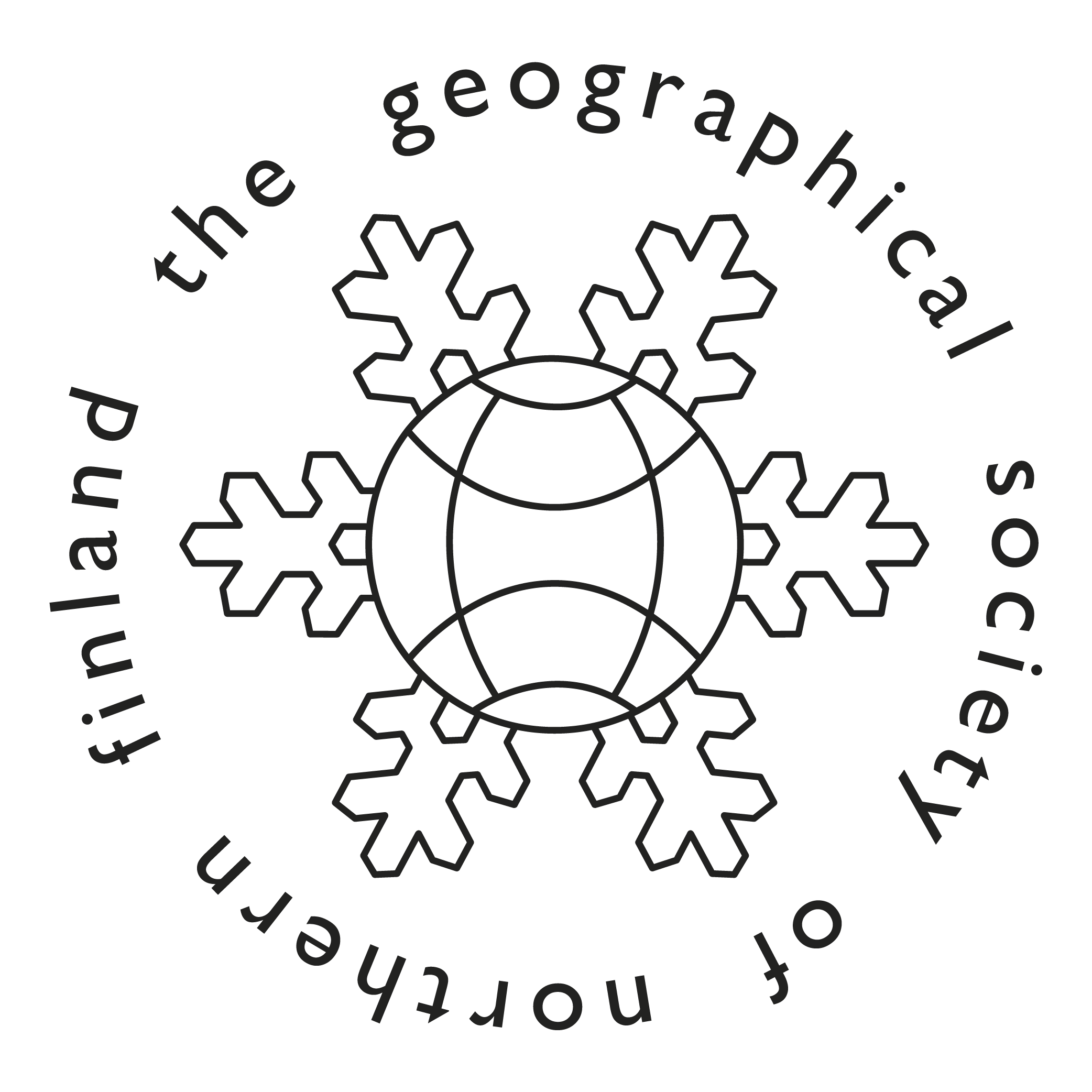Understanding recreational fishing in the perspective of second homes and tourism
Abstract
In Finland, one third of the entire population of five million goes fishing annually. Simple hook and line is the most popular fishing gear and jigging through the ice in wintertime is the other everyman’s right regarding fishing. Every other fisher uses a spinning rod. Subsistence fishing is more usual than generally elsewhere. Gill nets and fish traps are common gears among summer cottage dwellers. There are nearly half a million summer cottages or second homes in the countryside. Compared to any other region in Europe, Finns have proportionally the greatest number of cottages available for their leisure time. Since the cottages most often lie by a lake or on the coast of the sea it is only natural that summer cottage dwelling is closely related to recreational fishing. We conducted a large survey in 2006 to measure the recreational fishing activity in the 226 fishery regions that the country is divided into. We also posed a question on fishing while staying in the summer cottage. As a result we found that 37 % of the fishing households only fish within the fishing region where their summer cottage lies. Fishing in general and fishing in summer cottages in particular create tourism in rural areas. Our results show that urban households move significantly more when they go fishing than rural households. Households living in capital region move most. They fish in several fishery regions compared to other urban households. Furthermore, while staying in their summer cottages, proportionally, urban households participate in fishing more than the rural ones.






